CARING WITH FAMILY
|
| The level of affection a breed may display towards family members and familiar faces varies considerably. Certain breeds are renowned for their loyalty to a single owner often maintaining a reserved demeanor around others. Conversely, other breeds exude warmth and friendly vibes treating anyone within their acquaintance circle as if they've found a long-lost pal. Each dog's temperament is unique and while breed tendencies do play a role, individual personalities will always have their own variances. |
LOVE WITH CHILDREN
Unwise
Good With Children
|
| The ability of a dog breed to gracefully handle the exuberance of children coupled with its general suitability for family life is essential. It remains crucial, however, for dogs to be carefully watched when in the company of young children or any child not accustomed to canine behavior. |
BEHAVIOR WITH DOGS
Unwise
Good With Other Dogs
|
| The natural propensity for sociability within a dog breed can greatly influence its interactions with fellow canines. While it is essential that dogs are closely monitored when meeting new dogs, certain breeds inherently possess a greater potential for harmonious relationships with other dogs, whether it's within the confines of the family home or during communal gatherings in publ |
SHEDDING LEVELS & MANAGEMENT
No Shedding
Hair Everywhere
|
| Be prepared for the amount of fluff and strands your particular breed may shed. Breeds that shed profusely will necessitate more regular grooming, potentially exacerbate some allergies and increase the need for persistent vacuuming and lint removal. |
COAT GROOMING STANDARDS
|
| Contemplate the regularity of grooming essentials like bathing, combing, haircuts and other fur care necessities for different breeds. Assess your willingness to invest time, effort and money in these routines, remembering that trimming nails is a consistent need for every dog breed. |
DROOLING INTENSITY
Less Likely to Drool
Always Have a Towel
|
| Take into account a breed's tendency to drool, which could be a crucial consideration if you prefer a spotless environment. If the thought of slobber streaks on your arm or damp patches on your attire is displeasing, a less drool-prone companion might better suit your preferences. |
COAT STYLES GUIDE |
| Curly |
| COAT SPECTRUM |
| Medium |
FRIENDLINESS
Reserved
Everyone Is My Best Friend
|
| The level of friendliness a dog breed typically exhibits toward new people can vary significantly. There are certain breeds that tend to be more restrained or vigilant when they encounter someone they haven't met before, no matter the setting. On the flip side, there are other dog breeds that are always eager to greet a fresh face, delighting in the chance to make a new human acquaintance wherever they go. |
LIVELINESS
Only When You Want To Play
Non-Stop
|
| The eagerness to engage in play that a breed exhibits can often persist well beyond their youthful puppy days. Many breeds maintain a robust love for games like tug-of-war or fetch throughout their adult life showing a lasting zest for playful activities. In contrast, other breeds may prefer a more laid-back lifestyle content to simply lounge on the sofa and enjoy your company for the majority of their days. |
VIGILANCE INTENSITY
What's Mine Is Yours
Vigilant
|
| The predisposition of certain dog breeds to notify you about the presence of strangers is quite pronounced. These dogs are on high alert and often ready to respond to anything they perceive as a possible danger, be it the mail carrier strolling up to the door or a squirrel scampering by the window. Generally, these breeds will become more amenable to unfamiliar faces entering their home, especially if these newcomers are welcomed by the family. |
ADAPTATION CAPACITY
Lives For Routine
Highly Adaptable
|
| The adaptability of a dog breed to change is a fascinating trait to consider. This encompasses how they adjust to various fluctuations, such as a move to a new home, shifts in the ambient noise level, alterations in weather patterns and even changes in the everyday routine. Some breeds navigate these changes with ease showing resilience and flexibility, while others might need more time and patience to acclimate to new living circumstances and the ebb and flow of daily life. |
OBEDIENCE LEVEL
Self-Willed
Eager to Please
|
| The ease with which you can train your dog and its enthusiasm for learning is quite breed-dependent. There are certain breeds eager to please always on the lookout for ways to earn their owner's approval. Conversely, you'll find breeds that embody a more independent spirit, showing a preference for following their own whims and desires on their own timetable with a penchant for independence no matter the setting. |
STAMINA LEVEL
|
| The level of physical activity and mental engagement that a breed requires can vary widely. High-energy breeds are like athletes in the canine world always on their toes for the next escapade. They thrive on constant movement, whether it's sprinting, leaping or playing from dawn till dusk. On the other end of the spectrum are the low energy breeds, the equivalent of homebodies, who take great pleasure in lounging about and indulging in long, leisurely naps. |
VOCALIZATION
|
| Likes To Be Vocal |
LEARNING CURIOSITY LEVEL
Happy to Lounge
Needs a Job or Activity
|
| The necessity for mental stimulation to ensure a breed's well-being and happiness cannot be overstated. Dogs bred for specific roles often need engaging activities that challenge their decision-making skills, problem-solving abilities and concentration to feel fulfilled. Without appropriate outlets to exercise their brains, they may take the initiative to start their own "projects," which might not align with your idea of a good time. Keeping such breeds mentally occupied is key to preventing any unwanted and potentially mischievous behaviors. |
| COLORS |
|
Description
|
Registration Code
|
|
Black
|
007
|
|
White
|
199
|
|
Yellow
|
232
|
|
Gray
|
100
|
|
Graybrown
|
500
|
|
Brown
|
061
|
|
| PATTERNS |
|
Description
|
Registration Code
|
|
Merle Markings
|
035
|
|
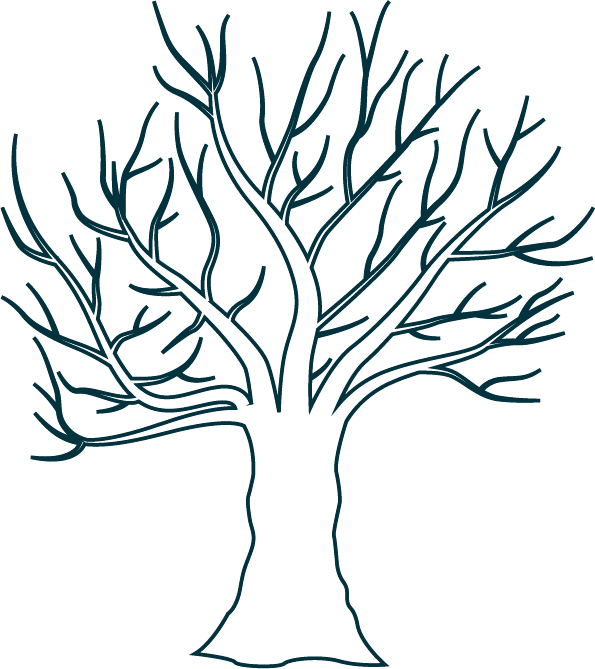


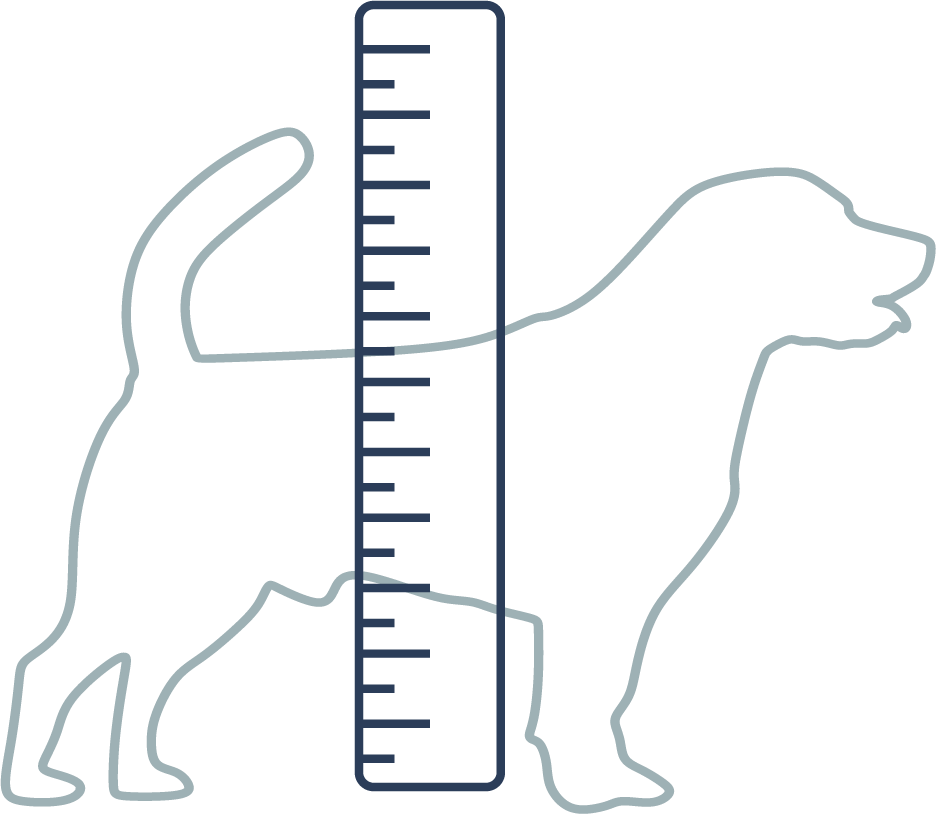
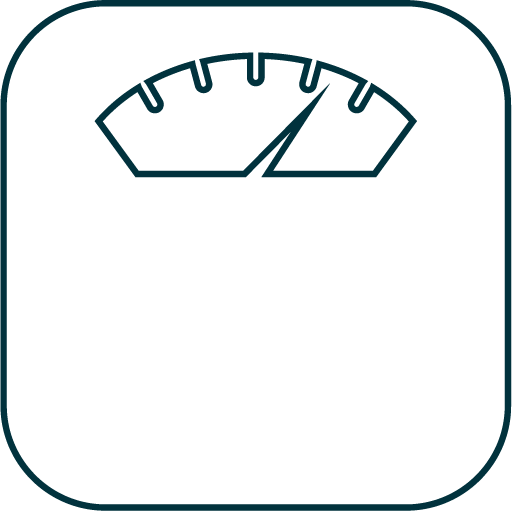

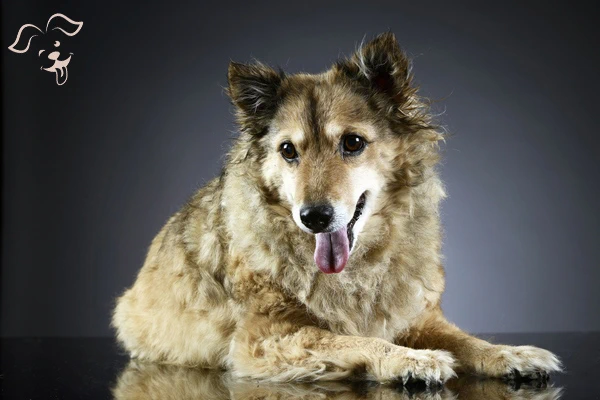
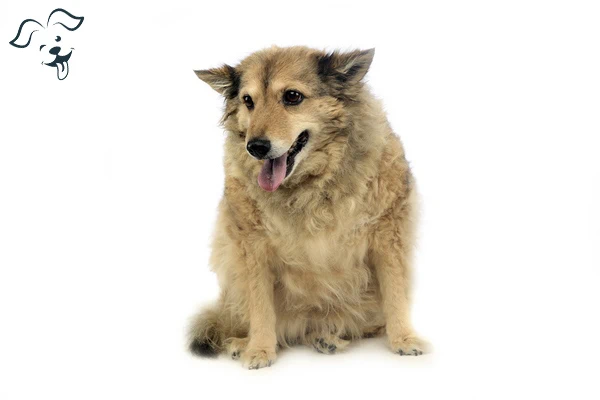
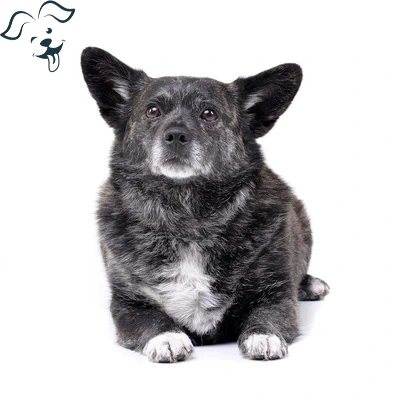
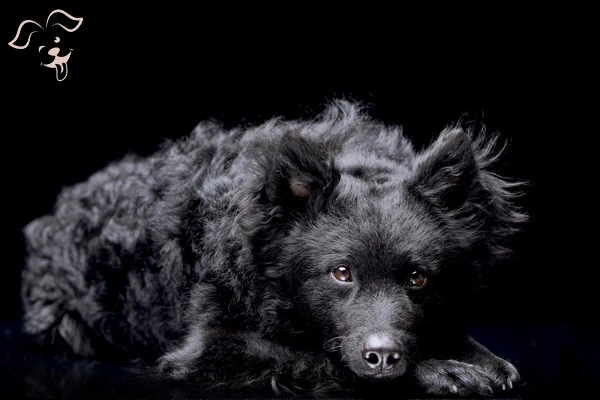


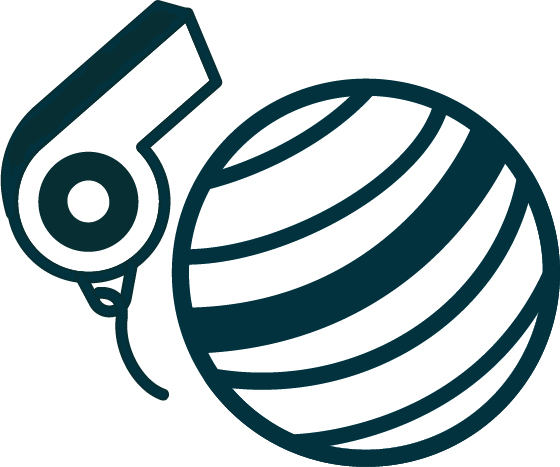

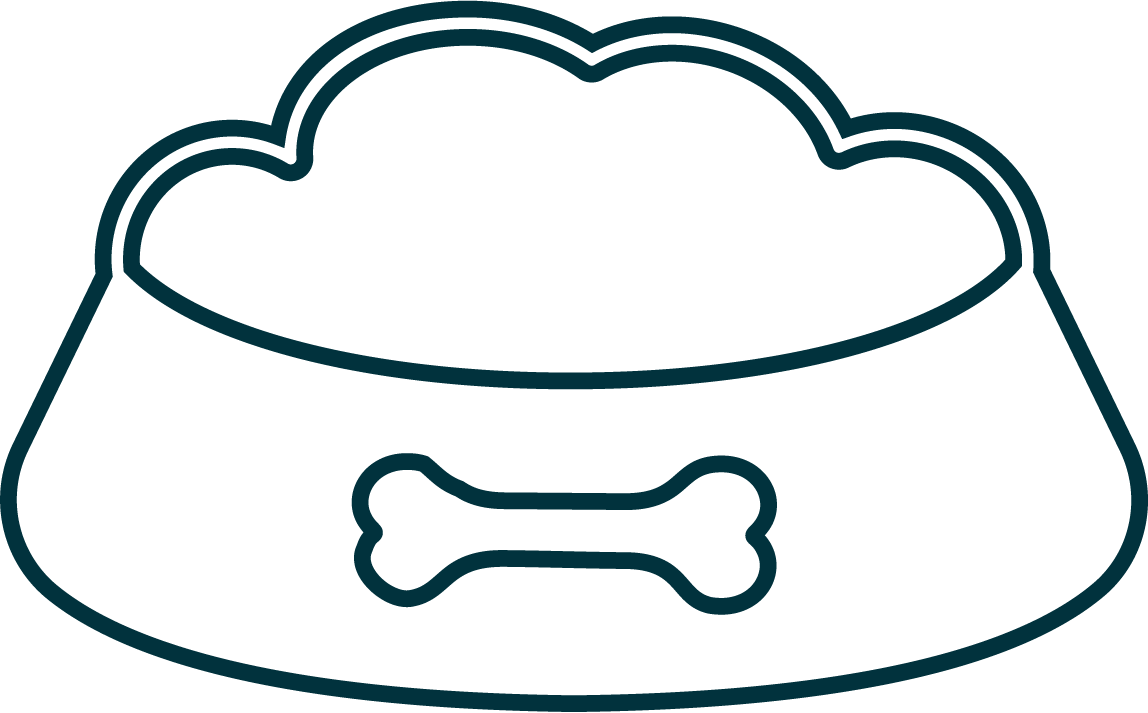
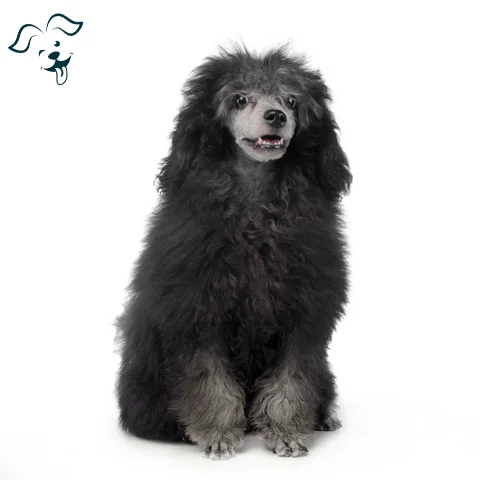
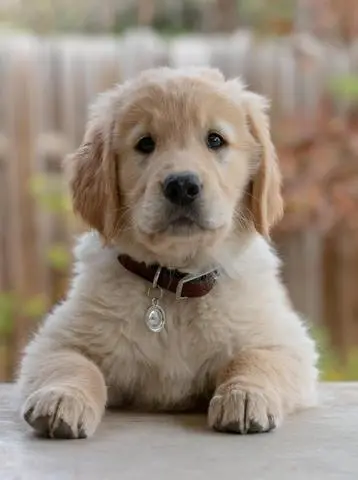

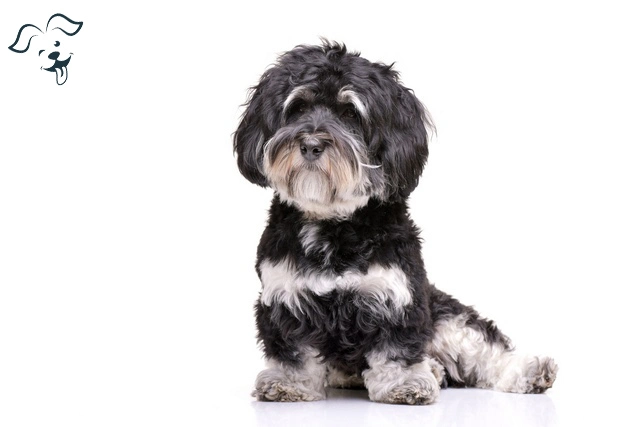
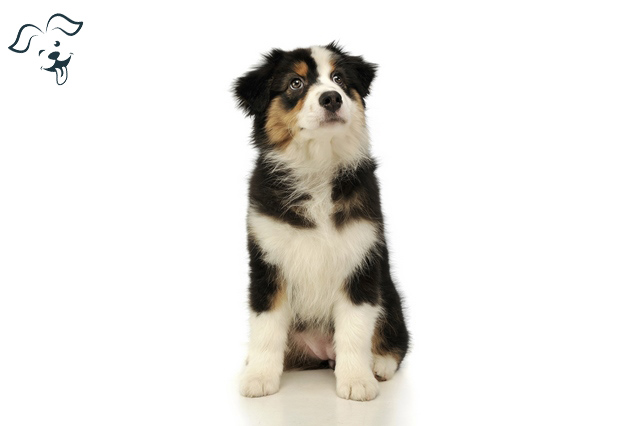

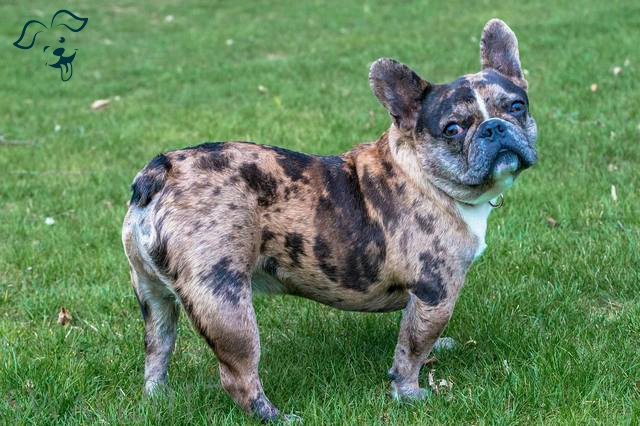
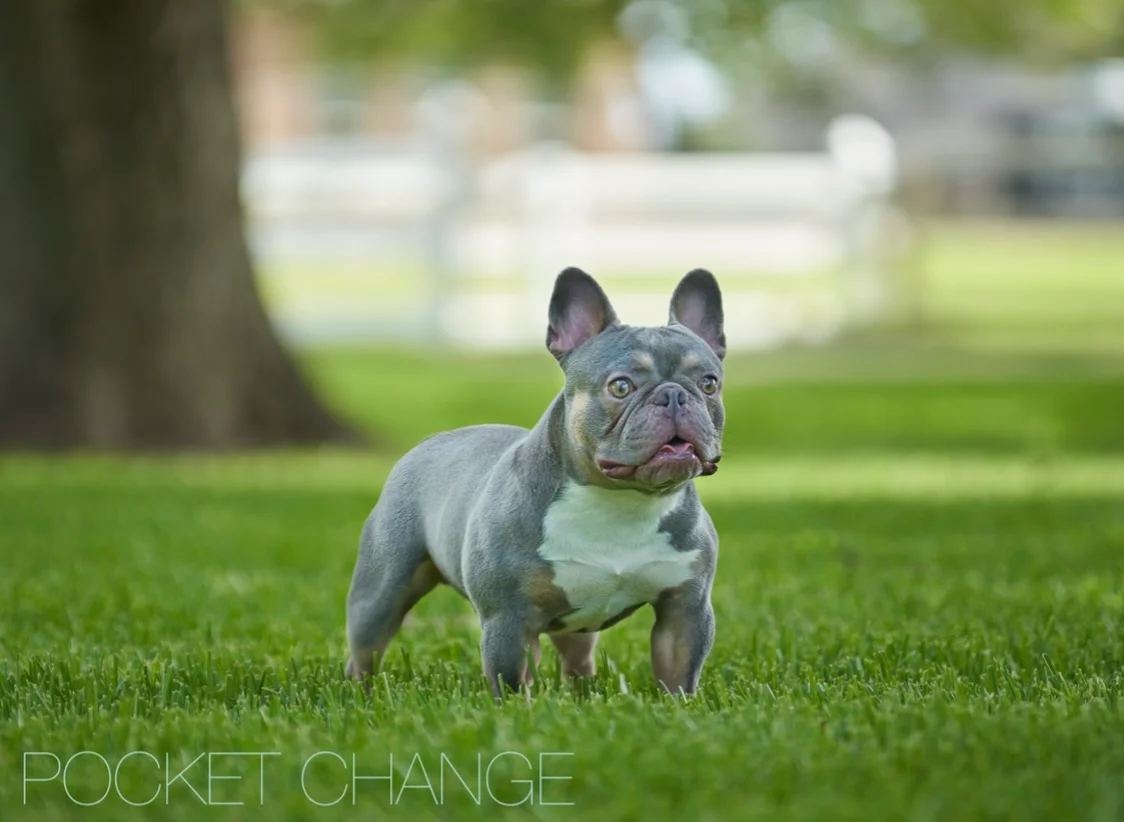
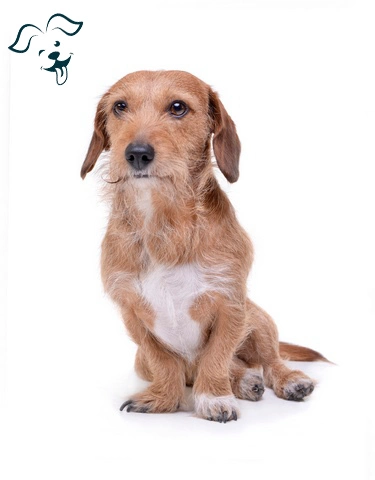

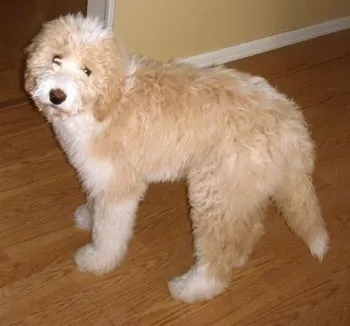


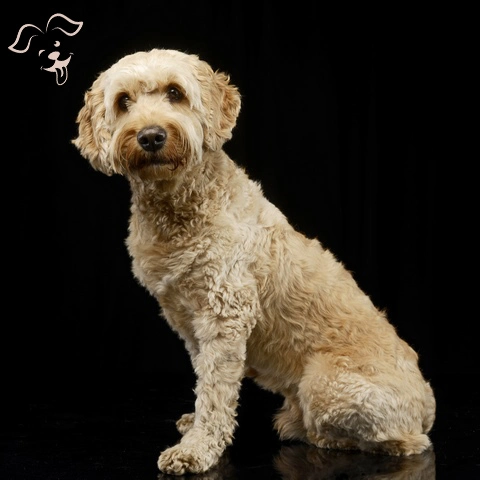
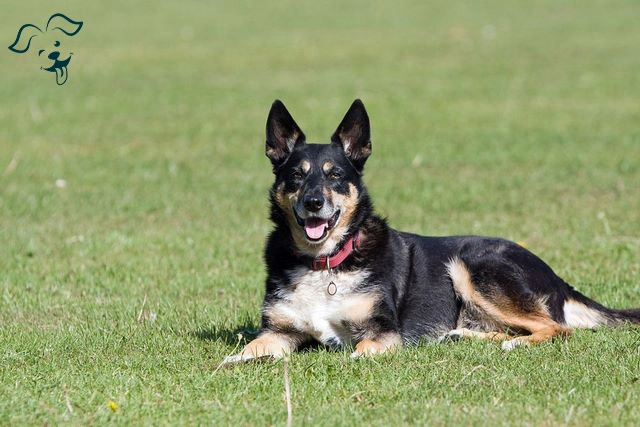
FRIENDLINESS
LIVELINESS
VIGILANCE INTENSITY
ADAPTATION CAPACITY